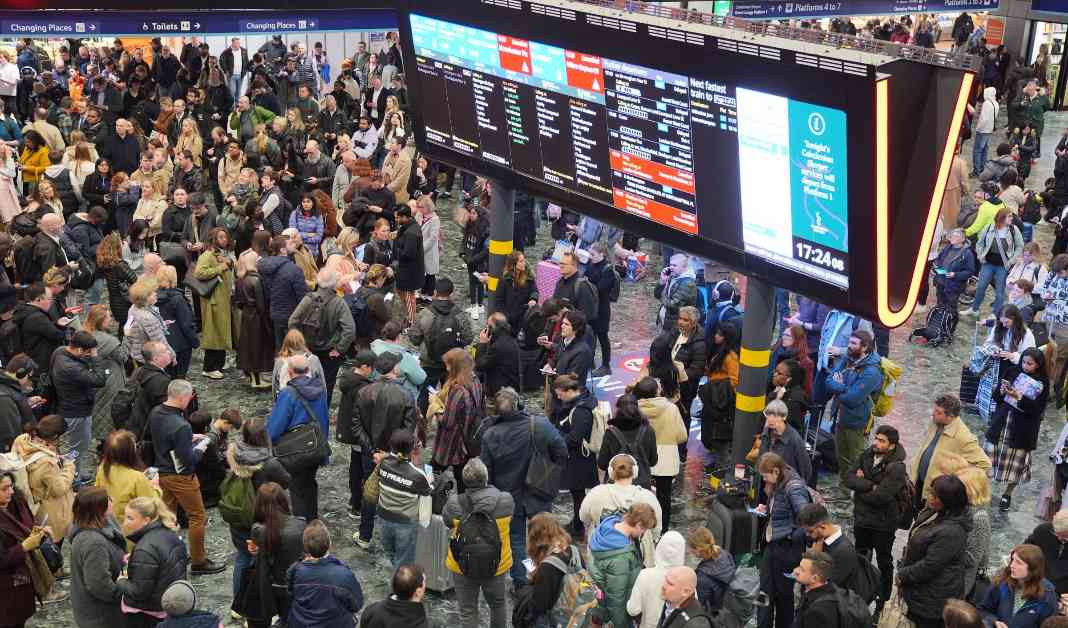Euston Station Commuters Face Significant Delays After Train Incident
Commuters traveling through Euston Station in London were met with unexpected delays today following a train incident that disrupted services during the morning rush hour. The incident, which occurred on one of the main lines serving the station, led to widespread disruptions and frustrations for passengers trying to reach their destinations.
Impact on Commuters
The delays caused by the train incident had a significant impact on commuters, many of whom rely on Euston Station as a major transportation hub. Passengers reported overcrowding on platforms, confusion over alternative routes, and uncertainty about when they would be able to continue their journeys. Some commuters expressed frustration at the lack of information provided by train operators, exacerbating the already stressful situation.
One commuter, Sarah Johnson, described her experience as “chaotic and frustrating.” She had been on her way to an important meeting when the delays forced her to reconsider her travel plans. “I was relying on the train to get me to my destination on time, but now I’m not sure if I’ll make it at all,” she said.
Response from Train Operators
Train operators issued statements apologizing for the disruption and assuring passengers that they were working to resolve the situation as quickly as possible. Network Rail, which manages the infrastructure at Euston Station, confirmed that engineers were on site to assess the damage and make necessary repairs.
A spokesperson for the train company responsible for the affected service acknowledged the inconvenience caused to passengers and emphasized the importance of safety in addressing the incident. “We understand the frustration felt by our passengers and are committed to restoring normal service as soon as possible,” the spokesperson said.
Alternative Travel Options
In light of the delays at Euston Station, commuters were advised to consider alternative travel options to reach their destinations. Bus services were arranged to transport passengers to nearby stations, while some travelers opted to use taxis or ride-sharing services to avoid the overcrowded platforms.
For those with the flexibility to adjust their schedules, working remotely or rescheduling appointments were viable options to minimize the impact of the disruptions. However, for many commuters with strict deadlines or commitments, the delays at Euston Station posed a significant challenge.
As the day progressed, updates from train operators indicated gradual improvements in service, with delays expected to persist into the evening rush hour. Commuters were urged to check for real-time updates on train schedules and plan their journeys accordingly to avoid further disruptions.
In conclusion, the train incident at Euston Station serves as a reminder of the inherent vulnerabilities of the transportation network and the importance of contingency planning in mitigating disruptions. While unforeseen events can lead to delays and frustrations for commuters, effective communication and swift action by train operators are crucial in restoring normal service and minimizing the impact on passengers.





















